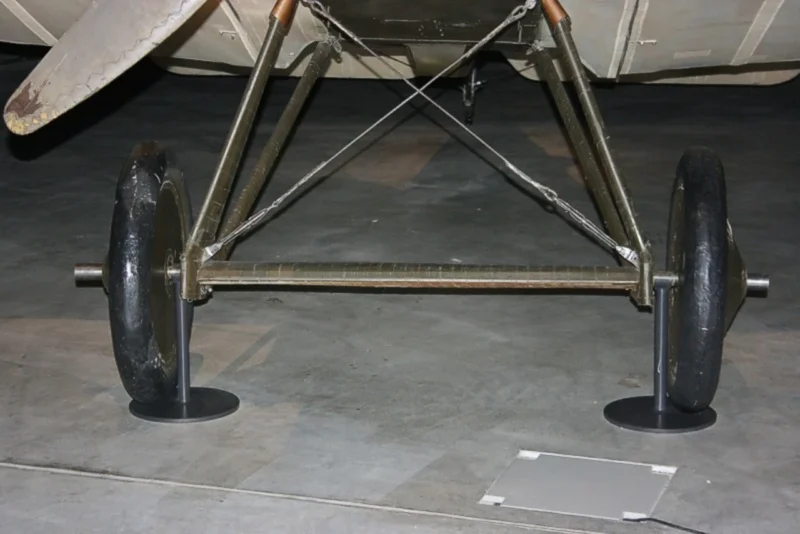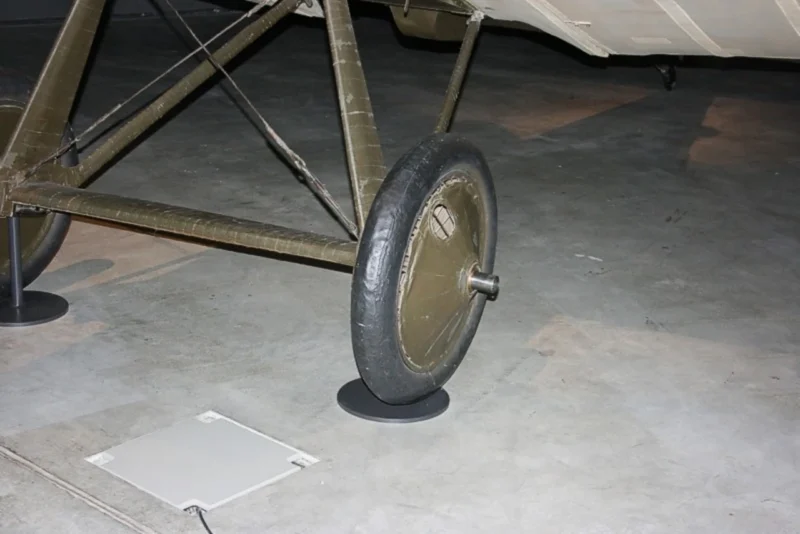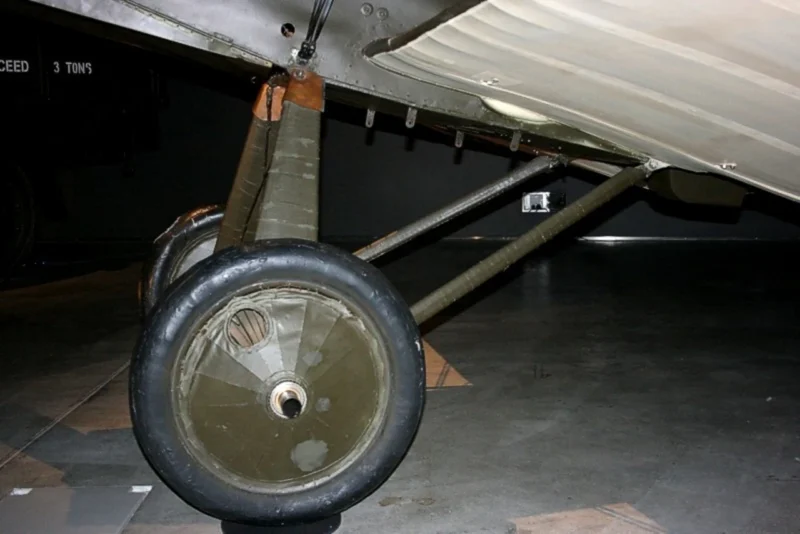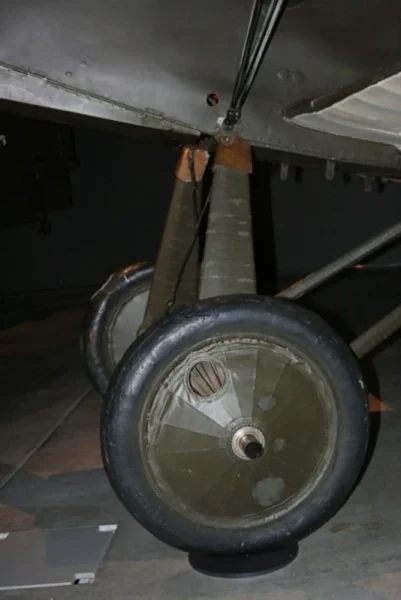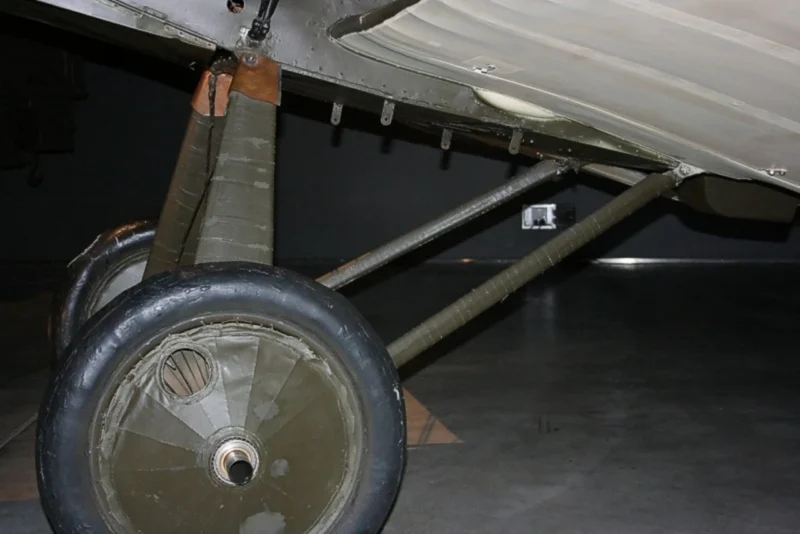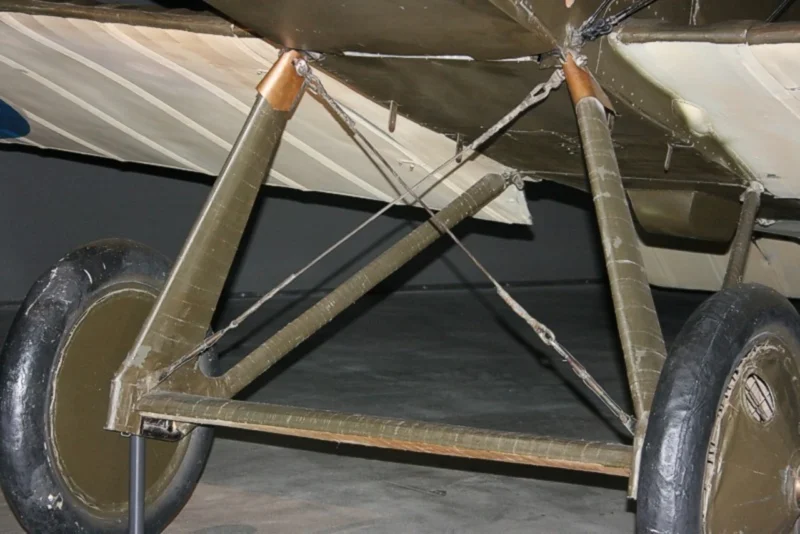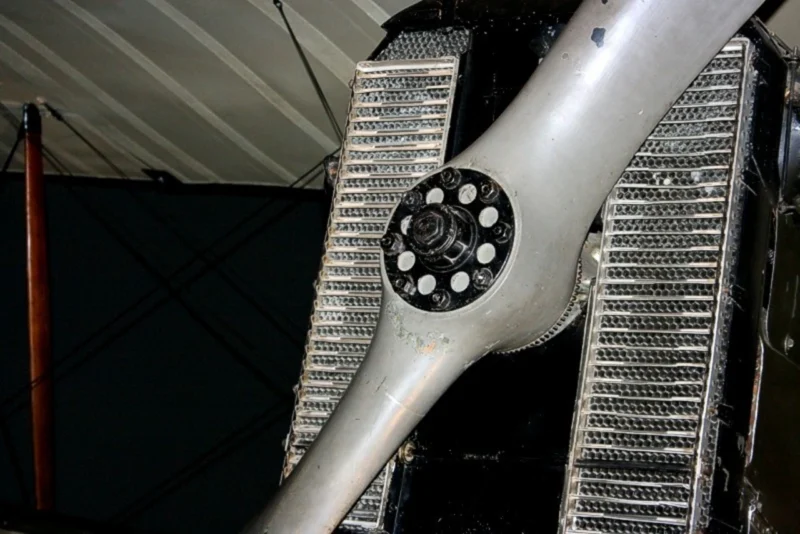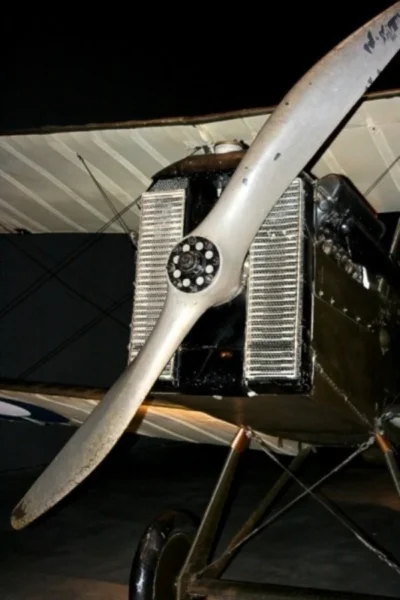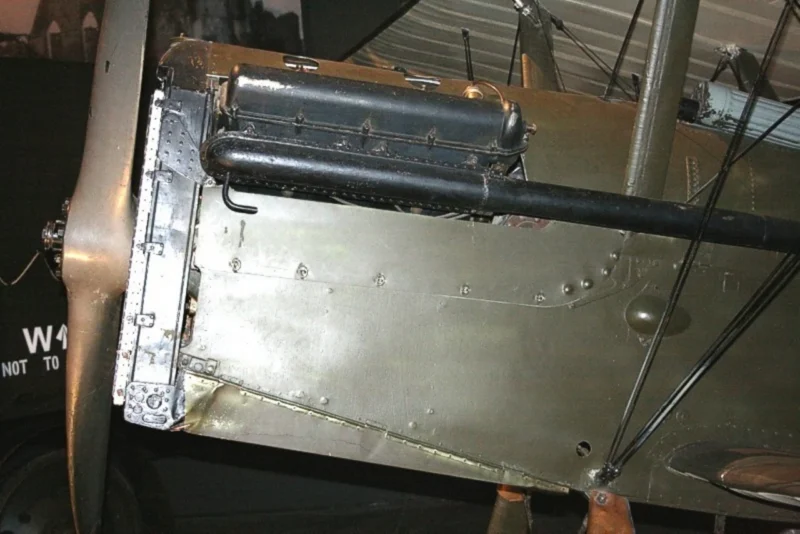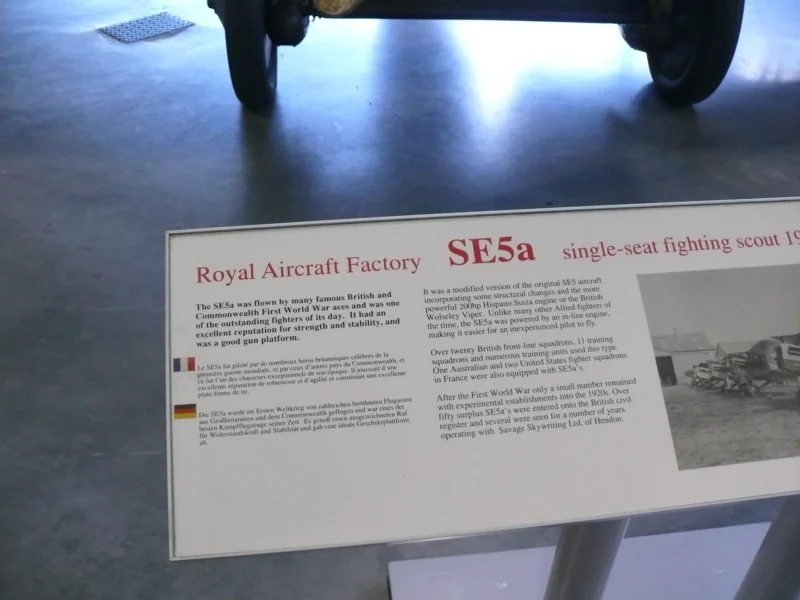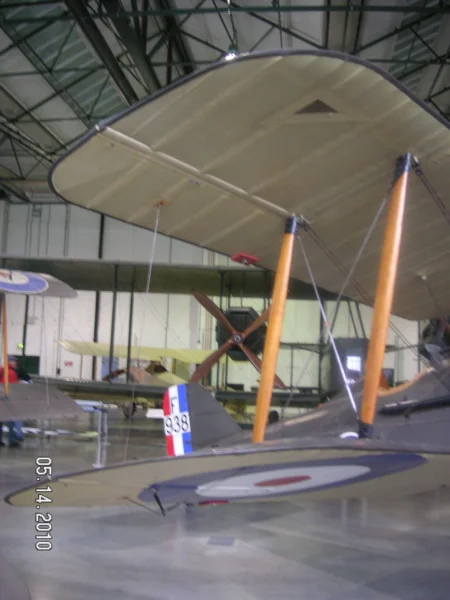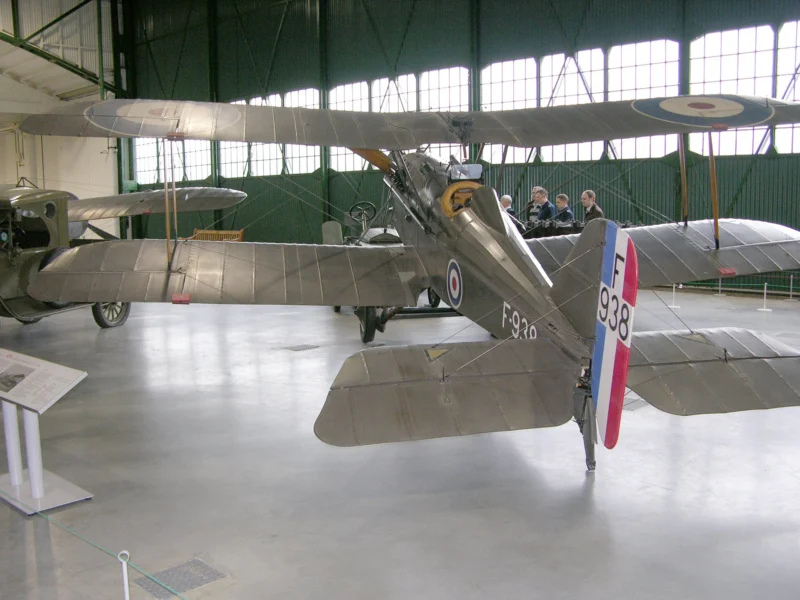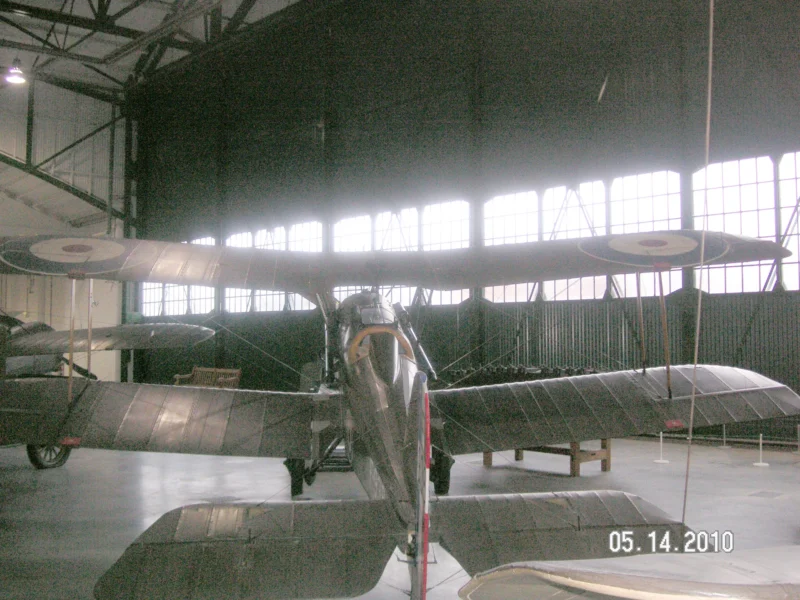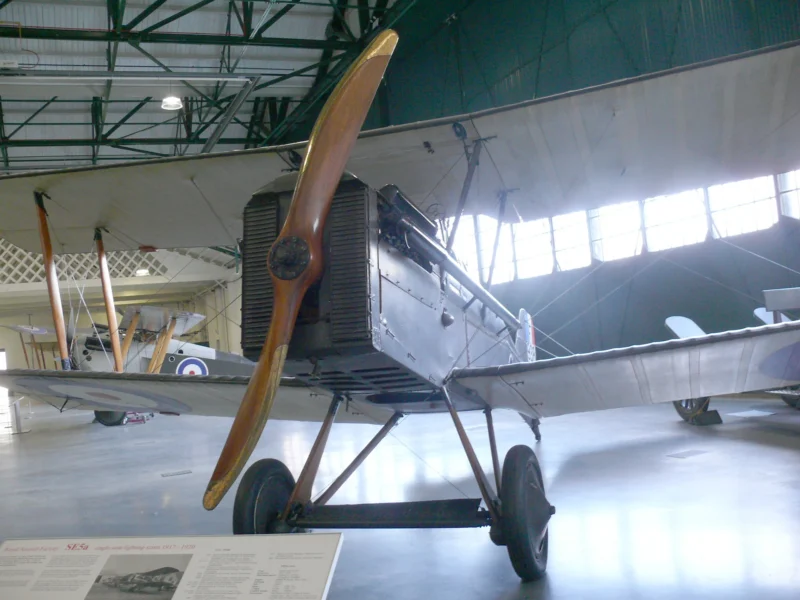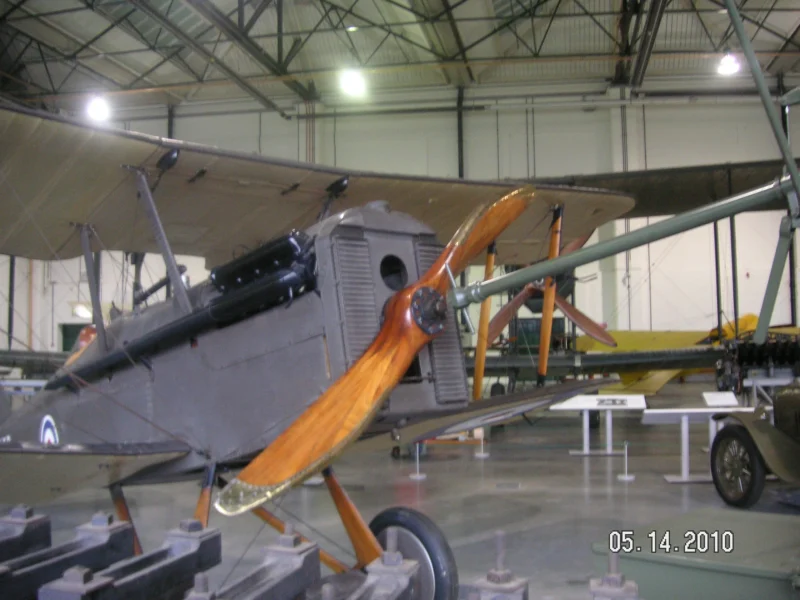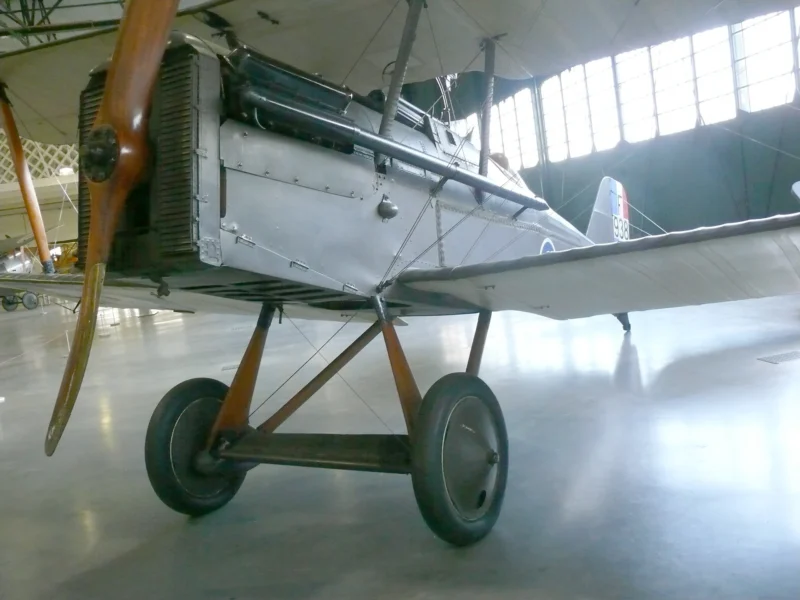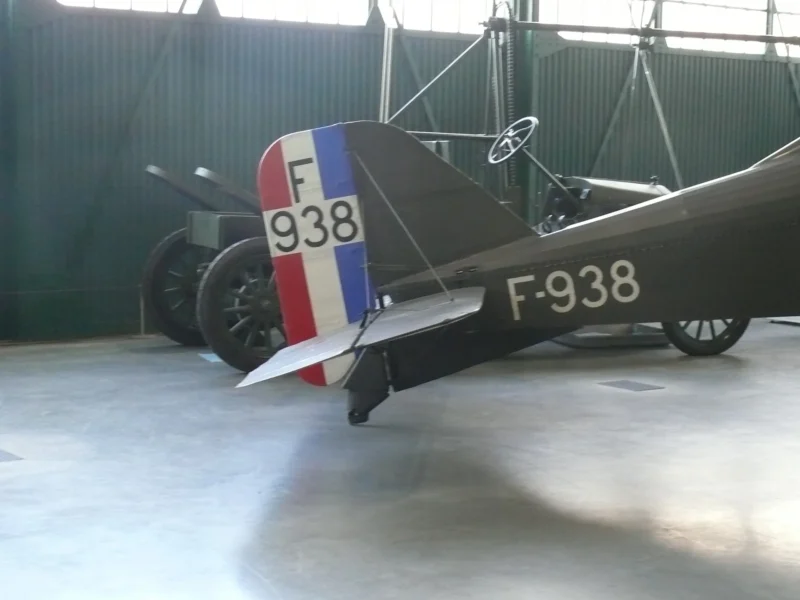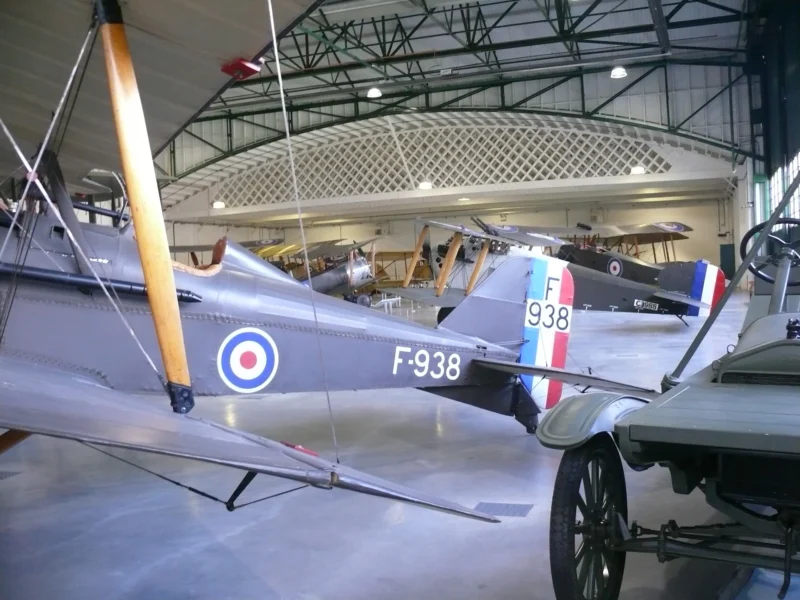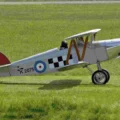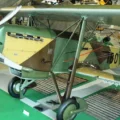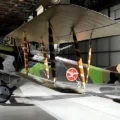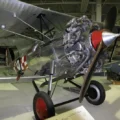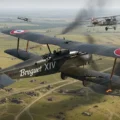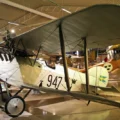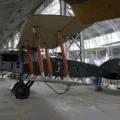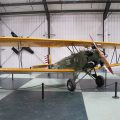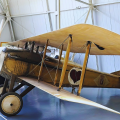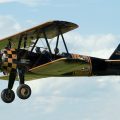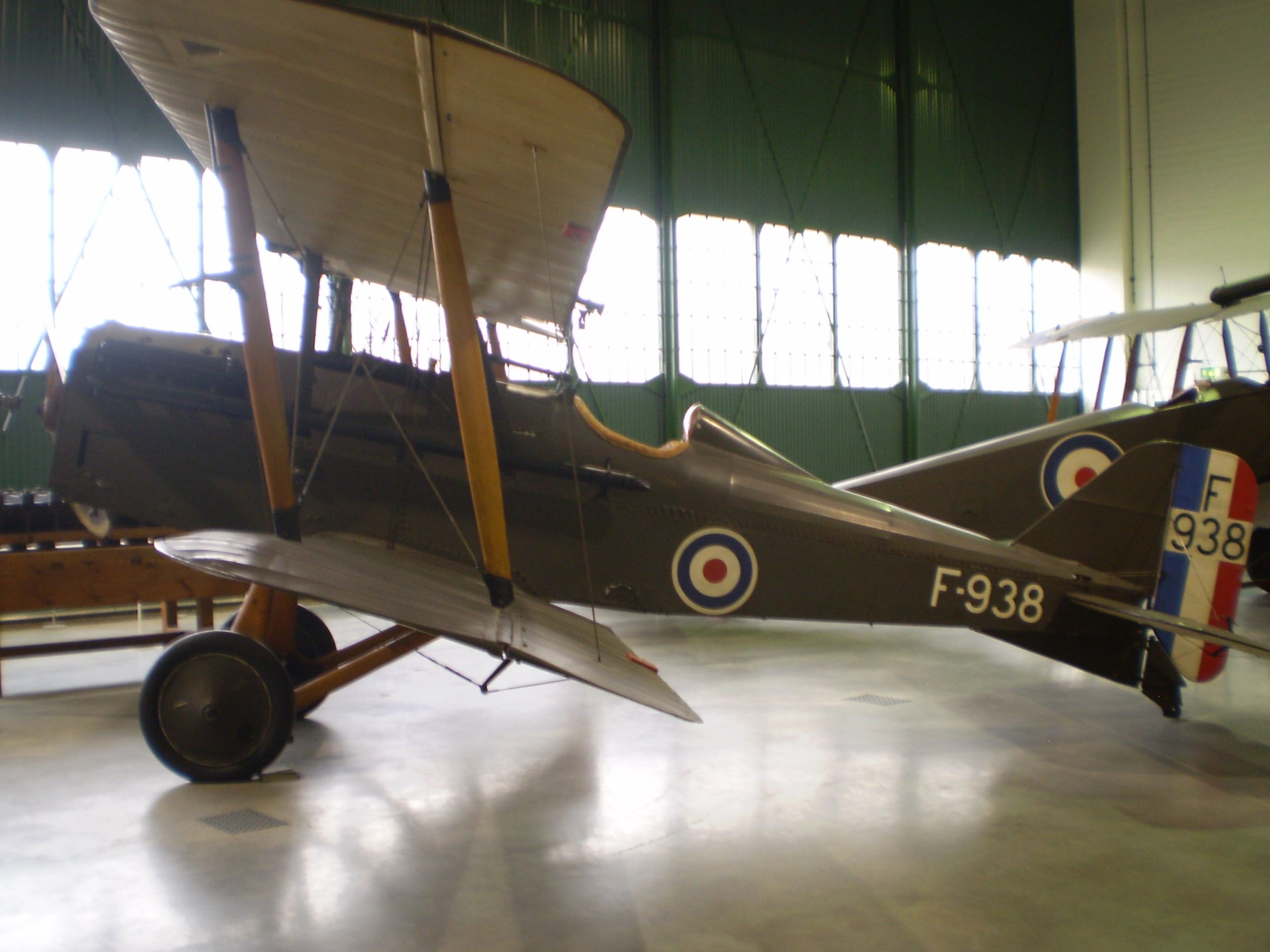
Królewska Fabryka Samolotów S.E.5 | |
|---|---|
| Kraju | Uk |
| Roli | Dwupłatowe myśliwce |
| Pierwszy lot | 22 listopada 1916 |
| Zbudowany | 5205 |
Galeria zdjęć Królewska Fabryka Samolotów S.E.5, The Royal Aircraft Factory S.E.5 was a British biplane fighter aircraft of the First World War. It was developed by the Royal Aircraft Factory by a team consisting of Henry Folland, John Kenworthy and Major Frank Goodden. It was one of the fastest aircraft of the war, while being both stable and relatively manoeuvrable. According to aviation author Robert Jackson, the S.E.5 was: “the nimble fighter that has since been described as the ‘Spitfire of World War One'”.
| Royal Aircraft Factory S.E.5 | |
|---|---|
| Fotograf | Jean Thomas Rembert |
| Lokalizacja | Niewiedzy |
| Zdjęcia | 38 |
| Royal Aircraft Factory S.E.5a Walk Around | |
|---|---|
| Fotograf | Niewiedzy |
| Lokalizacja | |
| Zdjęcia | 17 |
Zobacz też:
Tthe Królewska Fabryka Samolotów S.E.5 was a British biplane fighter aircraft of the First World War. It was designed by Henry Folland, John Kenworthy and Major Frank Goodden of the Royal Aircraft Factory in Farnborough. It was one of the fastest aircraft of the war, while being both stable and relatively manoeuvrable. According to aviation author Robert Jackson, the S.E.5 was: “the nimble fighter that has probably never been surpassed for sheer versatility of performance, handling quality and flying characteristics.”
S.E.5 został opracowany na podstawie wcześniejszych projektów Royal Aircraft Factory, takich jak B.E.2 i F.E.2. Zastosowano w nim nowy silnik Hispano-Suiza 8 o mocy 150 KM (112 kW), który zapewniał prędkość maksymalną około 138 mph (222 km/h). S.E.5 miał również mocną konstrukcję, która mogła wytrzymać duże przeciążenia i umożliwić nurkowanie z dużą prędkością. S.E.5 był uzbrojony w zsynchronizowany karabin maszynowy Vickers kalibru .303 cala (7,7 mm) na lewej burcie kadłuba i działko Lewis kalibru .303 cala (7,7 mm) na zamontowanym na górnym skrzydle, które można było wystrzelić pod kątem, aby uniknąć śmigła.
Tthe S.E.5 entered service with the Royal Flying Corps (RFC) in March 1917 and soon proved to be an effective fighter and a popular mount for many British aces, such as Albert Ball, James McCudden, Edward Mannock and Billy Bishop. The S.E.5 also served with the Royal Naval Air Service (RNAS) and several other Allied air forces, such as France, Belgium, Italy and the United States. By the end of the war, 5,265 S.E.5s had been built by six manufacturers: Austin Motors, Air Navigation and Engineering Company, Curtiss Aeroplane Company, Martinsyde, Vickers and Wolseley Motor Company.
S.E.5 pozostawał w służbie jeszcze długo po zawieszeniu broni, które zakończyło wojnę w listopadzie 1918 roku. Niektóre z nich zostały przerobione na samoloty cywilne lub szkolno-treningowe, podczas gdy inne były używane do celów eksperymentalnych. Ostatnie s.e.5 zostały wycofane przez RAF w 1926 roku.
Liczba wyświetleń : 2643
